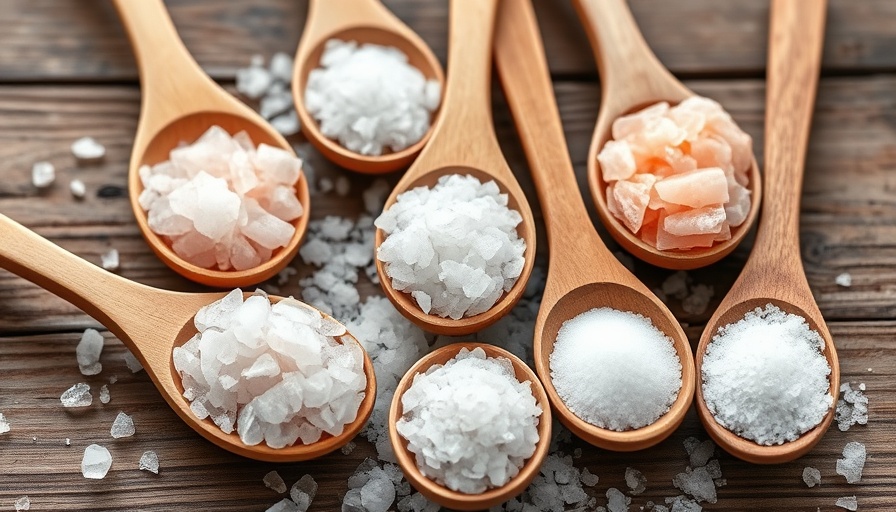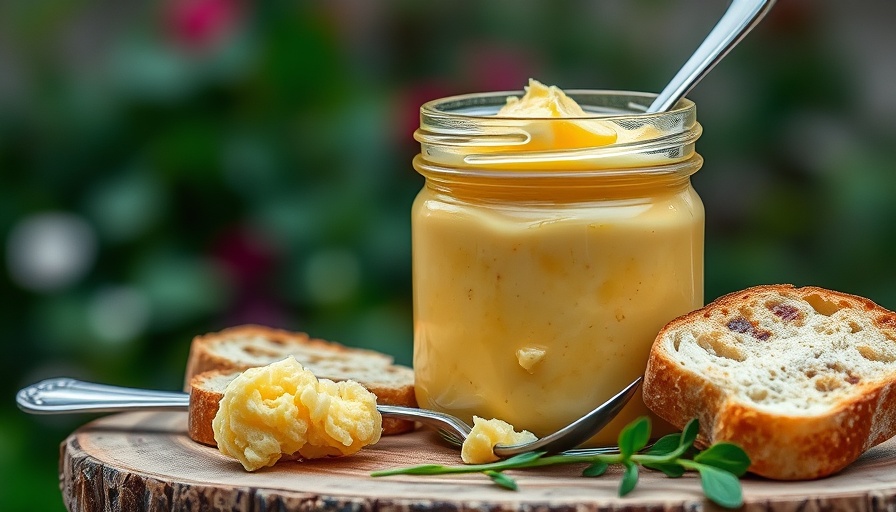
Are Sea Salt and Pink Salt Really Bad for Your Heart?
When it comes to health and nutrition, salt often finds itself at the center of debate. With various types available, such as sea salt, pink salt, and traditional table salt, health-conscious individuals are left wondering: are these alternatives better for heart health, or could they pose risks?
The Sodium Dilemma: What You Need to Know
Sodium is a vital mineral. It helps maintain fluid balance, regulate blood pressure, and support muscle contractions, including heartbeat. However, moderation is crucial. The American Heart Association recommends that adults limit sodium intake to no more than 2,300 mg per day. Excessive sodium can lead to high blood pressure, increasing the risk of heart disease and other severe conditions. But can the type of salt we choose to use make a difference?
What Types of Salt Are Available?
Salt comes in various forms, each with unique properties:
- Sea Salt: This is made from evaporated seawater and retains trace minerals like magnesium and potassium. Many consider it a more natural option, though it still contains significant sodium levels.
- Pink Salt (Himalayan Salt): Sourced from the Pakistan region near the Himalayas, it boasts a range of minerals, giving it a distinctive pink hue. Iron oxide contributes to its color, but it still has sodium chloride as its primary component.
- Celtic Salt: A natural unrefined salt known for its grayish color, it retains essential trace minerals.
- Table Salt: The most common form, mainly composed of sodium chloride, often iodized to prevent thyroid issues.
The Heart Health Angle: Are Natural Salts Better?
While sea salt and pink salt are often marketed as healthier alternatives to table salt, they all share a significant sodium content. Using these salts doesn’t exempt individuals from the potential negative impacts of sodium if consumed in excess. According to cardiologist Dr. Abhijit Borse, sodium in small amounts is necessary for bodily functions—yet, it’s the quantity that turns beneficial into harmful.
Can Natural Salts Offer Any Benefits?
In moderation, all salts provide necessary electrolytes, which help maintain blood pressure and prevent dehydration. However, the term "healthier" can be misleading. Studies have shown that even dietary sodium levels, often considered low, can still pose risks for cardiovascular health if consumed excessively. For instance, evidence suggests that a lower dietary sodium intake correlates with a reduced risk of death from cardiovascular disease—a sentiment echoed by research published in the journal Diabetology & Metabolic Syndrome.
Practical Tips for Heart Healthy Salt Consumption
Ultimately, choosing between salt types shouldn't overshadow the fundamental principle: moderation is key. Here are some tips for reducing sodium intake while still enjoying your meals:
- Use Herbs and Spices: Incorporate more herbs and spices into your cooking for flavor without the sodium.
- Read Labels: Check the sodium content in packaged foods. Many contain higher-than-expected levels of salt.
- Cook at Home: Home-cooked meals provide better control over ingredients and seasoning.
- Increase Potassium Intake: Foods rich in potassium, like bananas and spinach, can help mitigate the effects of sodium on blood pressure.
In Summary: Balance is Essential
The conversation about salt and heart health doesn't have a one-size-fits-all answer. Sea salt and pink salt are not inherently bad for your heart as long as they are consumed in moderation. It's also essential to consider overall dietary habits when addressing sodium intake. Ultimately, being mindful of how much salt you consume, regardless of the type, can help you maintain a healthy heart.
We hope this information inspires you to make healthy eating choices that support your heart health. For those looking to learn more about nutrition and sustainable living, consider seeking advice from health professionals or registered dietitians who can guide you further on this journey.
 Add Row
Add Row  Add
Add 




Write A Comment